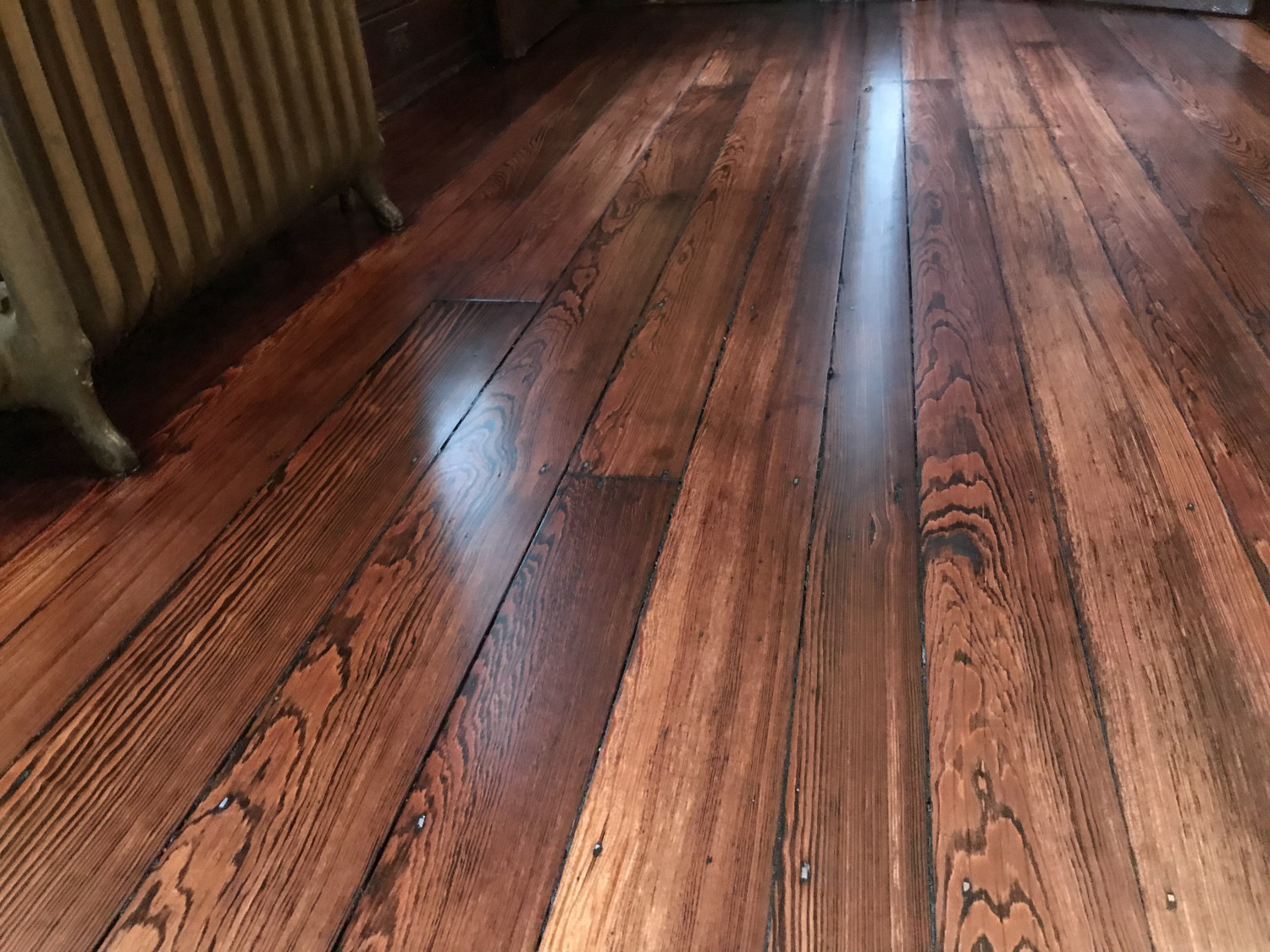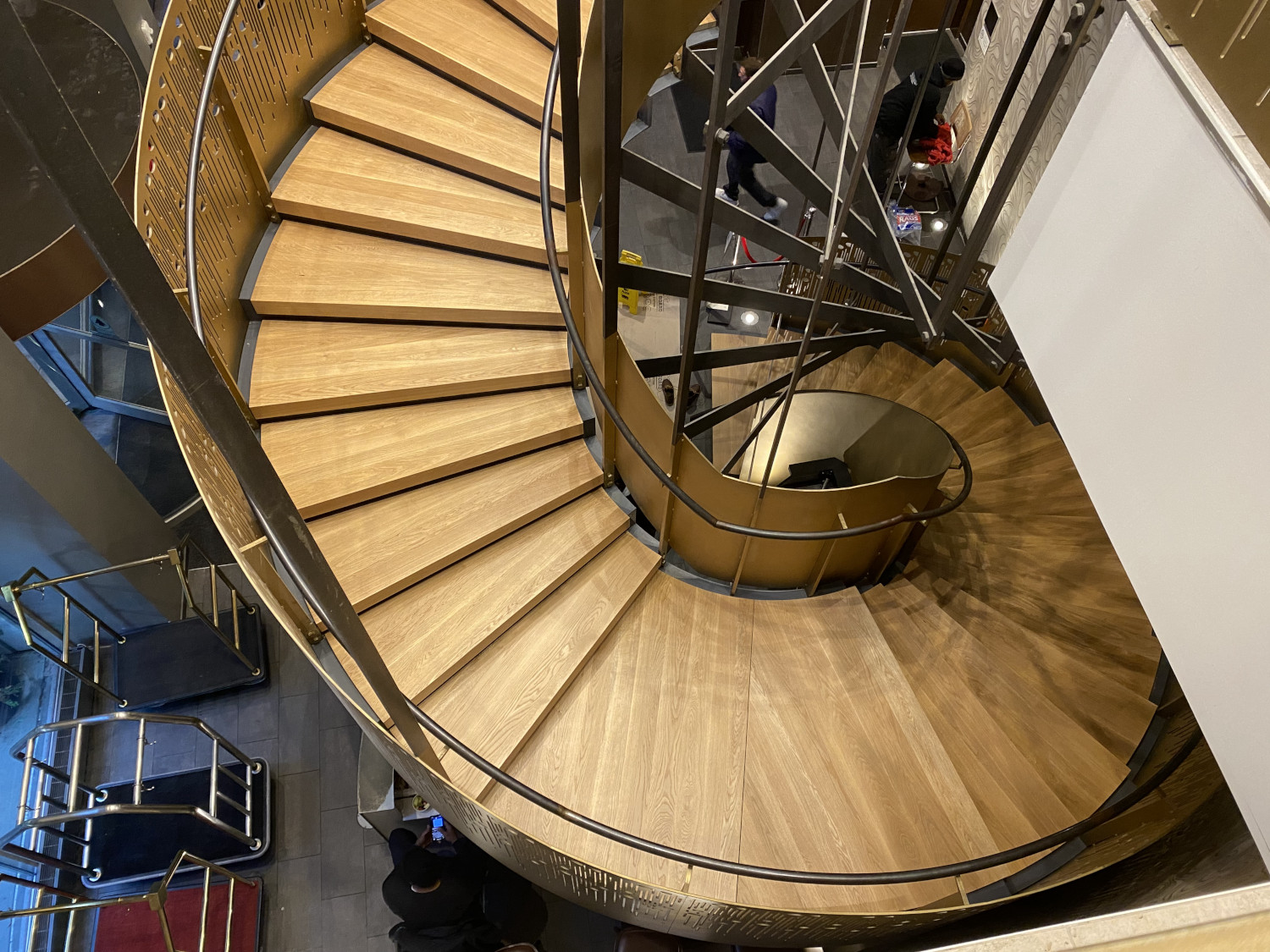What Are The Best Options for Plastic Covers on Table or Chair Legs?
When it comes to protecting their floors, a lot of people focus their attention on major issues like moving and water damage. They pay special attention to avoid these major issues, but sometimes neglect to consider more everyday problems like furniture. While there’s no reason that a piece of furniture necessarily has to cause wear to a floor, if people overlook the possibility of it happening, it can become a source of wear damage to their hardwood.

Chair legs or furniture legs that are unprotected can cause scratches or even gouges if they’re heavy. Everyday movement, like the slight shift as someone sits down, can wear the area of the floor beneath the legs over time. Even if the piece of furniture isn’t particularly heavy, if the bottom of the legs are made with the wrong material or there is debris between the leg and the floor, it can still cause scratches over time.
While there are steps you can take to protect your floor, like applying a firmer vinyl or putting a carpet under the furniture, a simple solution you can use to add a layer of protection to your floors is to make sure the bottoms are padded and that the pads are in good condition. It’s common for people not to be worried about the bottom of a piece of furniture because the legs are padded, only to be shocked by scratches that occur anyway. This can happen because the pads can get worn down over time in the same way that the floor does, so the protection might have worn away, meaning the pads need to be replaced.
Types of Furniture Protection for Chairs and Tables
The simplest method of protecting your floors from furniture without making any changes to the space is to install chair glides or furniture pads to the bottom of the furniture. Basically, these are small pieces of protective material that you apply to the bottom of furniture legs and work as cushioning and protection.
There are a variety of chair glide styles that each have their own utility. Nail-on pads are nailed into the bottom of the furniture piece. This means they are attached very securely as they’re held in place with a screw or nail. However, you have to be sure that the pads are installed properly, otherwise the nail that’s meant to hold the protection in place can instead become a hazard to the floor. If you choose this option you’ll want to ensure that the glide is tapped all the way down and that it lays flat, any odd angles might cause it to come loose or expose the nail to your floor.
Another type of protection for furniture legs are slip on pads. They can be a good option if you don’t care to install nail-on glides because they’re quite secure but don’t pose a scratching risk. The downside to slip on pads is that some styles will take away from the look of the furniture.
If you’re looking for something easy to install that’s still discreet then you may want to use self-adhesive glides. These are pads that have a sticky material on one side that’s used to attach to the bottom of a leg rather than a nail. These are usually the cheapest option, but do have a somewhat hiring risk of coming loose.
Choosing What Furniture Glide to Use
Ultimately, the best option for your floors and your home is going to depend upon how the space and the furniture is used. For a living room sofa that isn’t moved much, then something discreet that’s easy to apply, like the peel and stick pads, may be the best option. On the other hand, for pieces of furniture that are moved around often something more secure, like nail-on glides, are probably a better choice. Whatever you choose, you’ll help protect your floors, and save on costly repairs in the future
Recent Hardwood Flooring Projects in Philadelphia & NJ




0 Comments